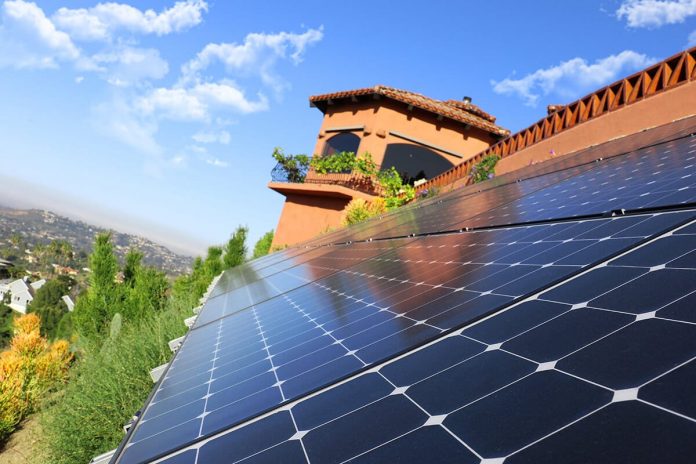For eons, humankind has benefited from the sun. Farmers relied on its power to sustain their crops—the sun has, to put it simply, fuelled the sustenance of many civilisations. Nowadays, however, humans have discovered another way to harness its unlimited power. That is, through solar energy.
Our country, of course, isn’t exempted from this mania. In the Philippines, solar systems are beginning to swell in popularity.
But what are solar systems?
This article will explore the basic things you need to know about them.
How does solar energy work?
Upon mentioning the phrase “solar power,” the first thing that probably comes to your mind are solar panels.
Solar panels are also known as photovoltaic (PV) panels, and they generate electricity from sunlight.
With the help of an inverter, these panels can support the electrical needs of an entire household.
Solar panels are usually enclosed by aluminium, covered with tempered glass, and sealed by a waterproof material. Nestled between the glass and the waterproof backing are the PV cells themselves. These cells are normally made of silicon.
When sunlight strikes the cells, the electrons are released from their atoms. What does the electrons flowing freely around the cell entail? Electricity is generated.
What are the components of a solar system?
- You already know about them. They’re the underpinning of this whole solar energy business.
- Mounting equipment. You need to make sure that you’ll set up the panels in a spot that will give them the optimum amount of sunshine all year round.
- DC-to-AC inverters. This plays a pivotal role in this technology. As the name suggests, they “invert” the direct current (DC) into alternating current (AC), which is the standard current utilized by our appliances.
- Tracking mounts. They allow you to move the panels to ensure that they face the sun directly all the time.
- Disconnect switches. Everyone in the family should be educated on how to turn off the solar system for safety reasons. Position the switches where they can easily be reached.
- Wiring and fuse box connections. These are other additional paraphernalia for your PV system.
- Utility power meters. They are used to measure solar energy.
What are its drawbacks?
For one, solar power can’t be harnessed at night, so storage devices (such as a battery) are needed to make the technology work.
Furthermore, during the day, the system can be erratic when it’s cloudy.
Lastly, it can be costly and may require a vast land area to gather the energy needed in a scale that will be useful to people.
Key Takeaway
Humans have been reaping the benefits of the sun since time immemorial. From sustaining our crops, its power has now attained another level—that is, in the form of solar energy.
In the Philippines, solar systems have finally made their way into our everyday life. This post addresses the essential things about solar system that you must be familiar with.


